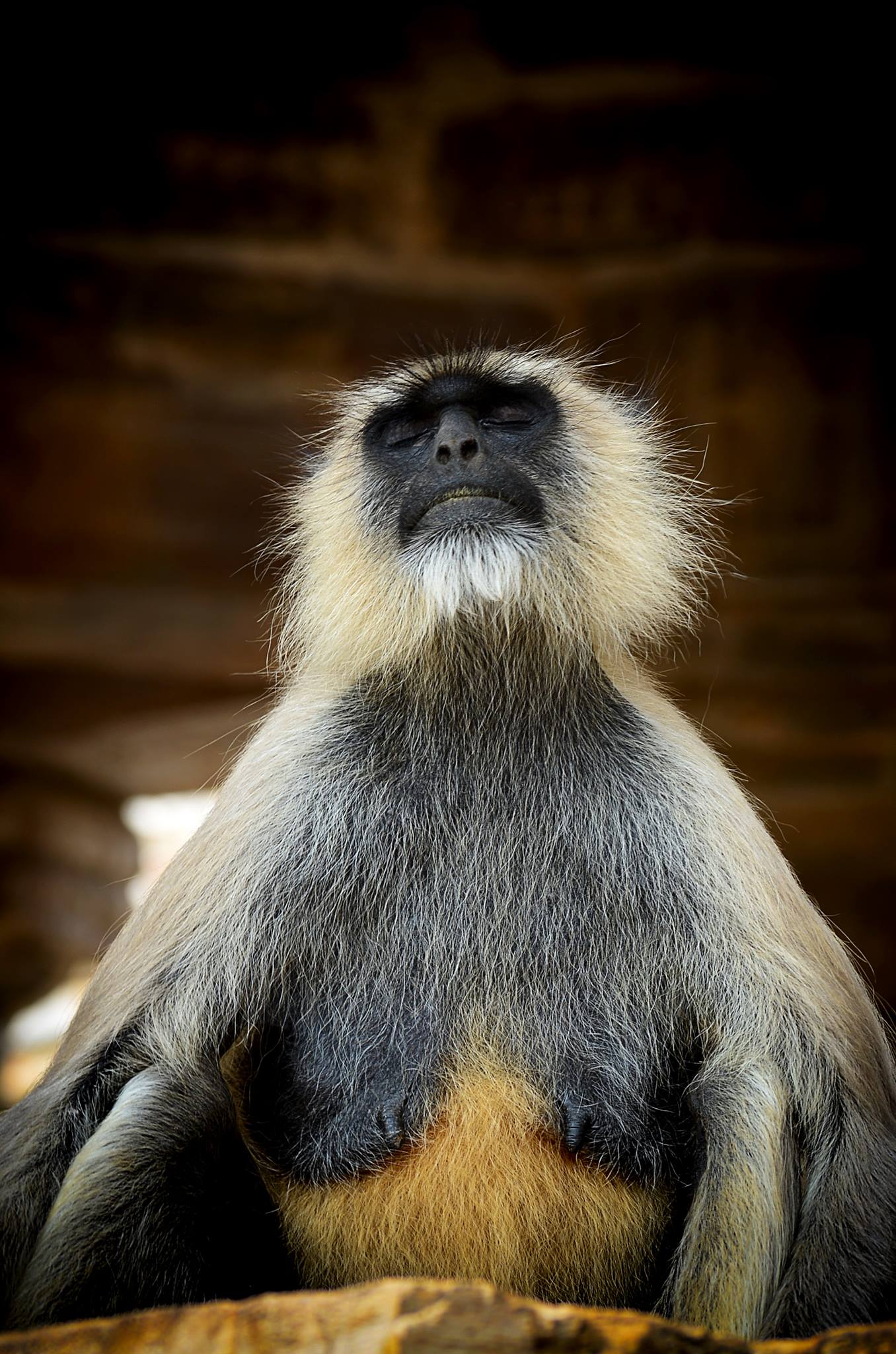Thought-provoking and abstract elements are fundamental aspects of conceptual photography, as they challenge viewers to engage with the image, question their assumptions, and interpret the deeper meaning behind the visuals. Here are some ideas and techniques to infuse thought-provoking and abstract elements into your conceptual photography.

Ambiguity and Open-Endedness
Create images that leave room for interpretation and invite viewers to contemplate multiple meanings. Use symbolism, metaphor, or unconventional compositions to introduce ambiguity and encourage personal reflection.
Fragmentation and Disruption
Break up the image or subject into fragments or disjointed elements to create a sense of disruption or abstraction. This technique can convey a fragmented reality, shifting perspectives, or the complexity of a concept.
Minimalism in thought provoking
Simplify the composition by reducing it to its essential elements. Embrace negative space, clean lines, and minimalistic aesthetics to evoke a sense of clarity and invite viewers to focus on the core concept or emotion.
Distortion and Manipulation in thought provoking
Experiment with techniques such as distortion, double exposure, or multiple exposures to create visually intriguing and abstract images. These techniques can convey a sense of mystery, transformation, or explore the boundaries between reality and imagination.

Conceptual Self-Portraits and provoke thought
Use yourself as the subject of your conceptual photography to explore themes of identity, introspection, or personal experiences. Experiment with abstract compositions, masks, or self-representation to provoke thought and evoke emotions.
Fragmented Narratives in thought provoking
Construct images that suggest fragments of a larger narrative or concept. Use multiple images or sequential compositions to convey a story or idea in a non-linear and abstract manner. Allow viewers to piece together the narrative through their own interpretations.
Texture and Detail Focus
Highlight intricate textures, patterns, or details within your subject or environment. This approach can create a visually captivating experience and encourage viewers to delve deeper into the image, questioning the significance of these details.
Surrealism and Dreamlike Imagery
Embrace surrealistic elements and create dreamlike compositions that blur the boundaries between reality and the subconscious. Use unexpected combinations, juxtapositions, or manipulations to challenge viewers’ perceptions and ignite their imagination.
Metaphorical Landscapes
Explore the concept of landscapes as metaphors for emotions, memories, or psychological states. Capture scenes that represent internal landscapes or the psychological journey, using natural elements to evoke emotions and prompt introspection.
Social Commentary
Use conceptual photography as a platform for social critique or commentary. Create images that address social issues, challenge norms, or prompt reflection on cultural or political themes. Encourage viewers to question the status quo and consider alternative perspectives.
Remember, thought-provoking and abstract elements in conceptual photography push the boundaries of traditional representation and encourage viewers to explore beyond the surface of the image. By incorporating these elements, you can create captivating visuals that inspire contemplation, challenge assumptions, and spark meaningful conversations.
